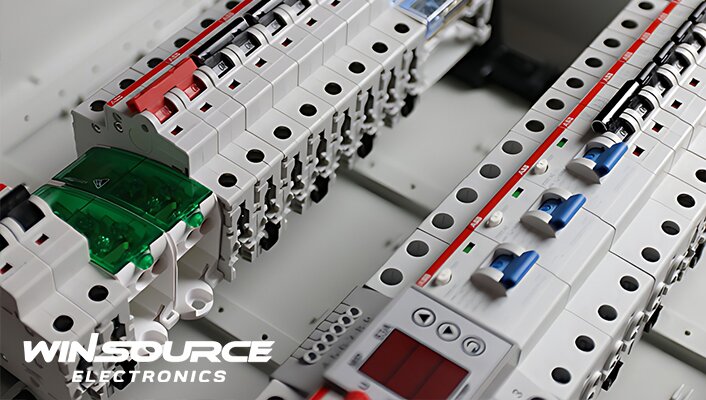
Table of Contents
ToggleIntroduce
In the complex world of circuits, ensuring safety and preventing potential hazards is crucial. Fuses play a vital role in protecting electronic equipment and systems by acting as an overcurrent barrier. This article delves into the fundamental aspects of fuses and their integral role in circuit protection.
Basic knowledge of fuses
A fuse stops electricity when it gets too strong. A clever device does this. A conductive material makes fuses that melt and break the circuit when there is too much current. This breakage prevents electrical current from reaching levels that could damage sensitive components or cause an electrical fire.
How fuses work
Fuses work on the principles of heat and electric current. When the current through a fuse exceeds its rated capacity, the increased resistance within the fuse generates heat. The heat makes the fuse element melt or blow, stopping the electricity from flowing. This process is fast and efficient, providing immediate response to overcurrent conditions.
The purpose of fuse
A fuse is a safety device that stops electricity flow in a circuit when it gets too high. This key feature serves two main purposes:
Equipment Protection: Fuses protect electronic equipment and components from damage by overcurrent. Fuses stop circuits from getting too much electricity, which can cause things to get too hot and possibly catch fire.
Fire Protection: Overcurrent can generate heat, posing a serious fire hazard. Fuses stop electricity and prevent fires.
Fuse type
The diversity of electrical applications has led to the development of various fuse types, each serving specific needs:
Cartridge Fuses: Cartridge fuses are common in industrial settings and consist of a cylindrical body containing a fuse. Their high current carrying capacity is well-known.
Chip Fuses: Chip fuses are commonly used in cars. They have a flat, blade-like shape and two prongs that enter the fuse box. They are easy to replace and provide effective circuit protection.
Resettable Fuse (PPTC): Resettable fuses, called PPTC fuses, can go back to normal after tripping. This feature makes them suitable for applications requiring duplication protection.
Thermal fuse: Unlike traditional fuses, thermal fuses respond to excess heat rather than electrical current. Appliances use them to prevent overheating.
The importance of correct size
Choosing the right fuse for your circuit is critical to ensuring optimal protection. Fuses have different current ratings.
Fuses have various current ratings. Choosing a fuse with a slightly higher rating than the circuit’s normal current can prevent it from tripping prematurely. Additionally, it will still provide protection against overcurrent.
Advantages of fuses
Cost-effective protection
Compared to other protective devices, fuses are relatively inexpensive.
Quick response
Fuses respond quickly to overcurrent conditions, preventing damage to sensitive components.
Reliability
The fuse has a simple and reliable design, making it durable and effective in a variety of applications.
In conclusion
Fuses protect electronic devices by regulating electron flow. They ensure the safety and longevity of the devices by keeping them safe and functioning properly. Understanding the basics of fuses and their role in circuit protection is critical for anyone working with electrical systems.
As technology continues to advance, the importance of fuses in preventing catastrophic failure and ensuring safety remains unwavering. Looking for fuses? Check out WIN SOURCE !

COMMENTS